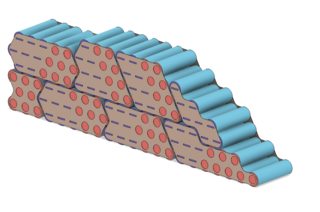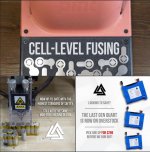spinningmagnets said:
That's a good point, I agree.
[youtube]tetR1QHzHrM[/youtube]
Tesla's Total Battery SAFETY innovations (raw performance and longevity), including
VERY SMART Battery Maintenance Systems were suspose to prevent a battery fire. After two Tesla's hit debris in the road, piercing the car's underbody and a Federal Safety investigation all Teslas now in production have a triple underbody shield. That includes a hollow aluminum bar, a titanium plate, and a solid aluminum extrusion. Even after the fires, Consumer Reports picked the Tesla Model S as the best car overall car in 2014.
Tesla's latest battery uses different lithium cells (21700), and its liquid battery cooling system differs significantly from the Model S and X cooling design. ... https://www.latimes.com/business/story/2019-11-01/federal-safety-agency-launches-investigation-of-tesla-battery-fires ... It's rumored that Tesla has also obtaned 21700 cells from Samsung as Panasonic Gigafactory isn't yet able to keep up with production demands. It's also rumored that they are high capacity Samsung cells. Currently Li-NiMnCoO2 (LNM 8-1-1) seems to be the industry preference for all around cost and performance.




